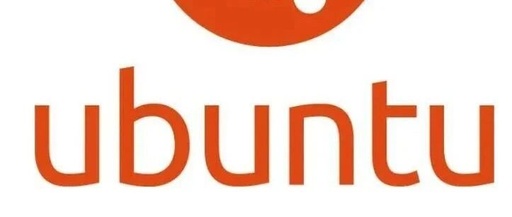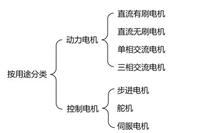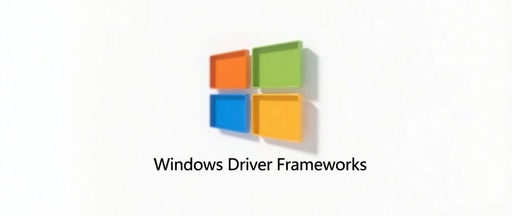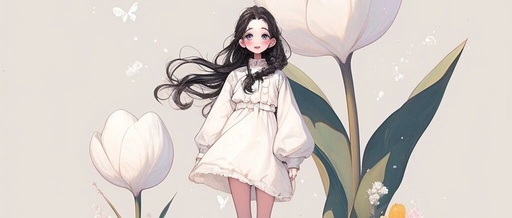Introduction to Linux Character Device Drivers (Part 0) – Overview of Linux Drivers
Video Collection (Introduction to Linux Character Device Drivers) 1 Linux Kernel Source Website www.kernel.org 2 Types of Drivers a Character Drivers b Block Drivers c Network Drivers 3 System Boot Process 1 U-Boot Boot 2 Kernel Boot 3 File System Boot 4 Differences Between Static and Dynamic Driver Loading: 1 Different Compilation Options y Driver … Read more









